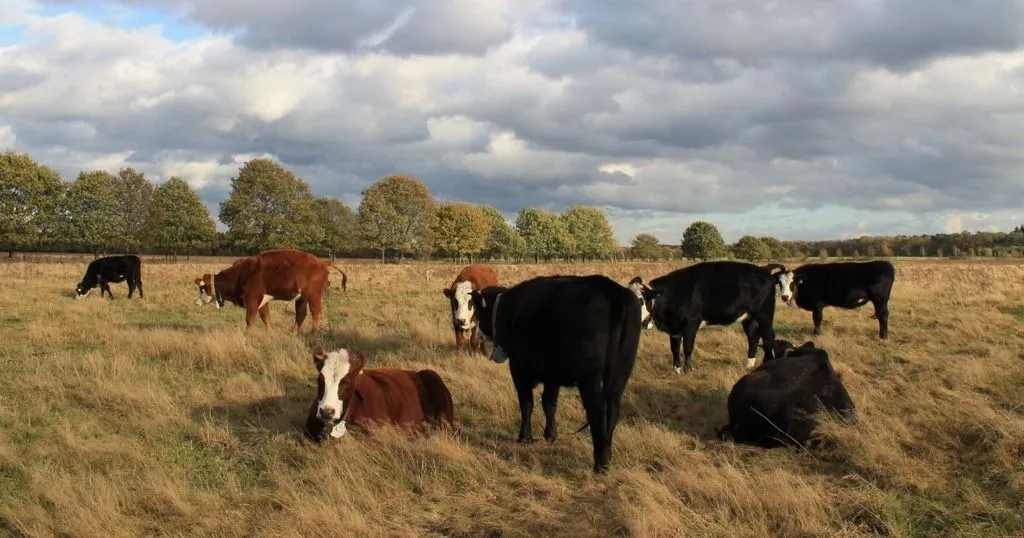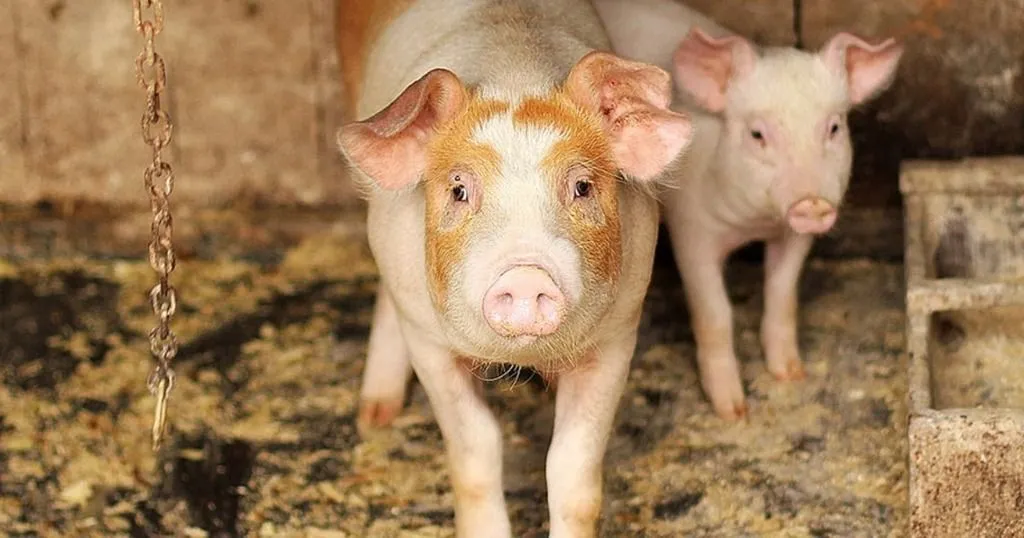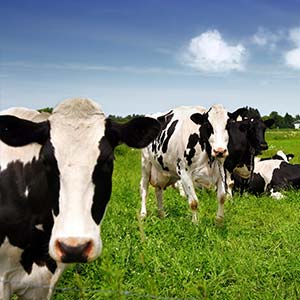Standing cows

Does it matter how much time a cow spends standing up or lying down? Bert Tolkamp thought that it did matter, and he proved his point by winning an IgNobel prize for his work on this.
Posted by
Published on
Wed 25 Sep. 2013
Topics
| Farm Animals | Livestock | Precision Farming | TrackLab |
Does it matter how much time a cow spends standing up or lying down? Bert Tolkamp thought that it did matter, and last week he proved his point by winning an IgNobel prize[1] for his work on this[2]. He attached a sensor to the legs of some cows and measured tens of thousands of episodes of lying and standing. His findings were at first sight puzzling and on reflection, revealing (hence the prize). If a cow was lying for a long time, it was more likely to stand up, but it if had been standing for a long time, it was not more likely to lie down.
Cow behavior
What does this mean? A cow lies down to ruminate (that is, digest its food), and stands to eat. So that means that after it has been lying down (ruminating) a while it is therefore more likely to stand up to eat. The longer it lies, the more likely it is to have finished ruminating, and the more likely it is to be hungry.
Cows sitting or lying down
But what about the opposite, if a cow has been standing for a long time, will it want to lie down? Other studies have shown that if cows are prevented from lying down, then they have a strong motivation to lie down as soon as it is allowed[3].
Bert Tolkamp did not see this in his cows. That is good, because it means that the cows were not deprived of lying. Despite sometimes cows have to stand for hours before and during milking, that was apparently not long enough to be a problem in his cows.
Looking for natural behavior in cows
Why does this matter? Firstly, if you prevent an animal from displaying its natural behaviors then that is, by definition, bad for its welfare. Secondly, an incredible 35% of dairy cows in Europe are lame[4], and this is strongly related to farming methods in which cows spend much or all of their time indoors.
Detailed information on the locomotion of cows (as well as other farm animals) is the only way to get to the bottom of the problem, improve the welfare of the cows and reduce the costs for the farmers. Bert Tolkamp’s research used a relatively simple motion detector on the legs of the cows[2].
There are now advanced tracking techniques available which will enable researchers to get more detailed information about exactly where and how cows and other farm animals are moving, and so get even better insights into their welfare and behavior[5].
As the IgNobel prize-giving committee has shown, although at first sight this may seem a slightly odd thing to investigate, it is actually very important for animal welfare.
References
- The Ig Nobel Prizes honor scientific achievements that first make people laugh, and then make them think.
- Bert J. Tolkamp , Marie J. Haskell, Fritha M. Langford, David J. Roberts, Colin A. Morgan (2010). Are cows more likely to lie down the longer they stand? Applied Animal Behaviour Science, 124, 1–10.
- Jensen, M.B., Munksgaard, L., Pedersen, L.J., Ladewig, J., Matthews, L., 2004. Prior deprivation and reward duration affect the demand functions for rest in dairy heifers. Appl. Anim. Behav. Sci. 88, 1–11.
- Schlageter Tello, A., C. et al. 2011. Selection of a golden standard for visual-based automatic lameness detection for dairy cows. In: Animal hygiene and sustainable livestock production. Proceedings of the Xvth international congress of the International Society for Animal Hygiene.
- Spink et al 2013. Animal behavioural analysis with GPS and 3D accelerometers. Proceedings of Precision Livestock Farming 2013, pp 229 - 239.
Related Posts

Noldus Grant Assistance Program launched in North America

Bed bug behavior - What smell can tell

